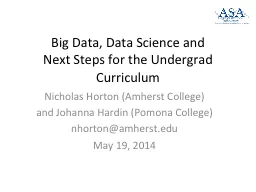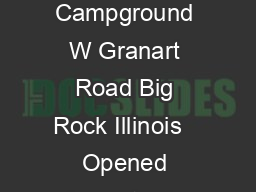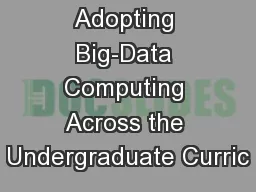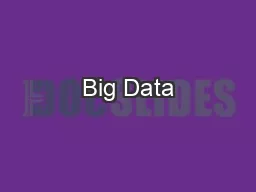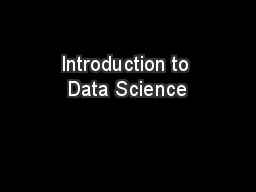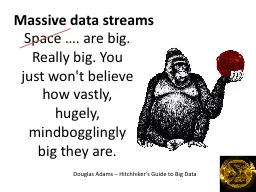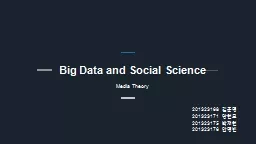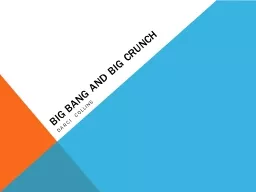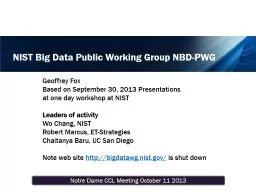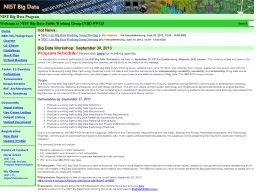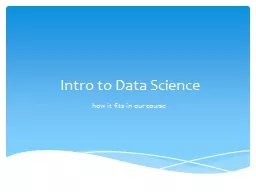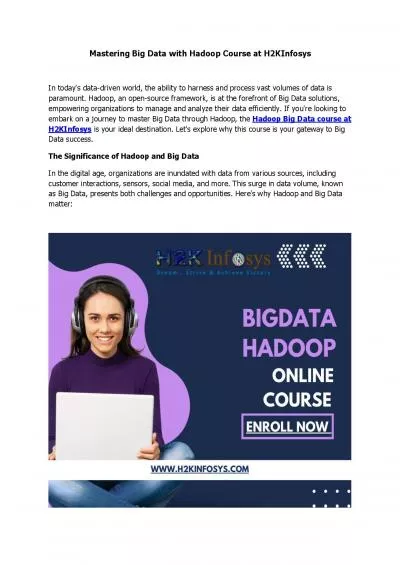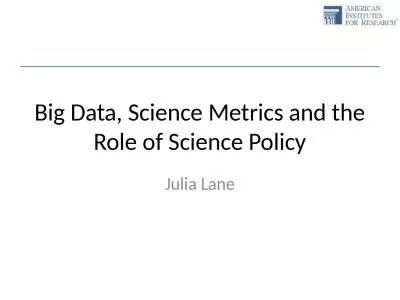PPT-Big Data, Data Science and
Author : imetant | Published Date : 2020-08-06
Next Steps for the Undergrad Curriculum Nicholas Horton Amherst College and Johanna Hardin Pomona College nhortonamherstedu May 19 2014 Acknowledgements Main task
Presentation Embed Code
Download Presentation
Download Presentation The PPT/PDF document "Big Data, Data Science and" is the property of its rightful owner. Permission is granted to download and print the materials on this website for personal, non-commercial use only, and to display it on your personal computer provided you do not modify the materials and that you retain all copyright notices contained in the materials. By downloading content from our website, you accept the terms of this agreement.
Big Data, Data Science and: Transcript
Download Rules Of Document
"Big Data, Data Science and"The content belongs to its owner. You may download and print it for personal use, without modification, and keep all copyright notices. By downloading, you agree to these terms.
Related Documents

